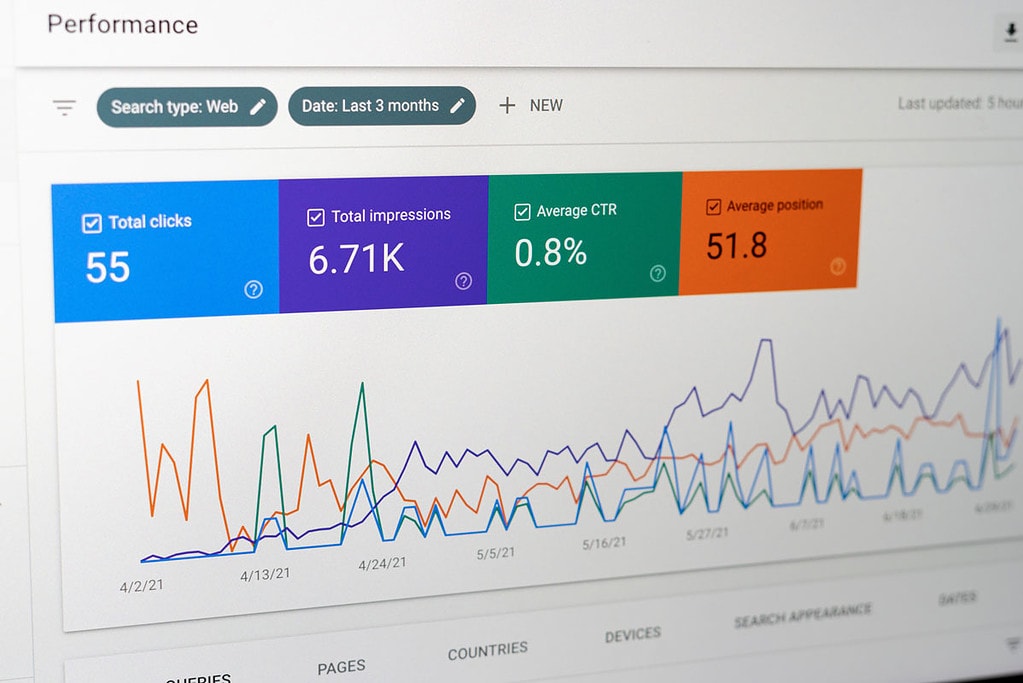10 Tips for SEO Schools Should Know About

In the competitive world of private schools, having a well-designed and optimized website is essential for attracting potential students and their families. The website is often the first point of contact for parents looking for information about the school, and it can play a crucial role in their decision-making process. Similarly, nonprofit organizations rely on their website to communicate their mission and engage donors and volunteers. In both cases, optimizing the website for search engines is key to reaching your target audience and achieving your goals.
Here are some SEO tips for private school websites:
- Showcase Your School’s Unique Identity
Your school is unique, and your website should reflect that. Use high-quality images and videos to showcase your campus, students, and programs. Use descriptive language to highlight what sets your school apart from others. For example, if your school has a strong STEM program, highlight that in your content and use keywords related to STEM in your optimization efforts. This content will set you apart in Google searches for people looking for what you offer. - School Admissions-Specific SEO
The admissions process is a critical component of private schools, and optimizing your website for admissions-related keywords is essential. Use targeted keywords in your titles, headers, and content to ensure your website appears at the top of search engine results when parents search for private schools in your area. Use landing pages specifically tailored to admissions-related keywords to provide more detailed information about the admissions process. - Optimize your content
The content on your website is critical for both user experience and school SEO. Make sure your website is filled with high-quality, relevant content that is optimized for search engines. Use keywords that are relevant to your school, and include them in your titles, headers, and body text. Be sure to use natural language and avoid keyword stuffing, as this can hurt your rankings. If your website is built with WordPress, SEO plugins like Yoast will guide you through the optimization process for pages and posts on your website. - Use Testimonials and Reviews
Testimonials and reviews from current and former students and their families can be a powerful tool for private schools. Use these testimonials on your website to showcase the positive experiences students and parents have had at your school. Not only do these testimonials help with SEO, but they also build trust with potential students and their families.
- Local SEO
For private schools, local SEO is especially important. Make sure your website includes your school’s address, phone number, and hours of operation. Use local keywords and phrases in your optimization efforts to ensure your website appears in local search results. Claim your Google My Business listing to improve your local SEO and ensure your school appears in Google Maps results. - Use Descriptive URLs
URLs are an important factor in SEO. Use descriptive URLs that include your keywords and are easy to read. For example, instead of using a URL like www.yourschool.com/page1, use a URL like www.yourschool.com/admissions-process. Descriptive URLs not only help with SEO, but they also make it easier for users to navigate your site. - Mobile-Friendly Design
More and more people are accessing the internet through their mobile devices, so having a mobile-friendly website is essential. Your website should be optimized for mobile devices, with a responsive design that adapts to different screen sizes. This will improve your user experience and help with SEO, as Google gives preference to mobile-friendly websites. - Speed Optimization
Website speed is a critical factor in SEO. Users expect websites to load quickly, and slow-loading websites can hurt your search engine rankings. Make sure your website is optimized for speed by compressing images, minifying code, and using a content delivery network (CDN) to improve load times. We use GTMetrix to test website speed. - User Experience
User experience (UX) is another important factor in SEO. Your website should be easy to navigate, with a clear hierarchy and intuitive layout. Make sure your content is easy to read and visually appealing. Use high-quality images and videos to engage your audience. The easier your website is to use, the more likely users are to stay on your site and engage with your content. - Look at Google Search Console
Google Search Console is a free tool that can provide a wealth of data about your website SEO. Check it out an pull a report of your queries before you start your SEO optimization process, and then look later to see if your efforts have had an impact. Other tools like Ubersuggest and Mangools provide keyword reports and tracking to help you measure the success of your efforts.

In conclusion, optimizing a school website with SEO in mind requires a combination of good design, great content, and keyword optimization. By following these tips, you can create a website that not only looks great but also ranks well in search engines, attracts more visitors, and helps you achieve your goals.
Contact us for a website assessment to learn how your website is performing and how it can be improved.